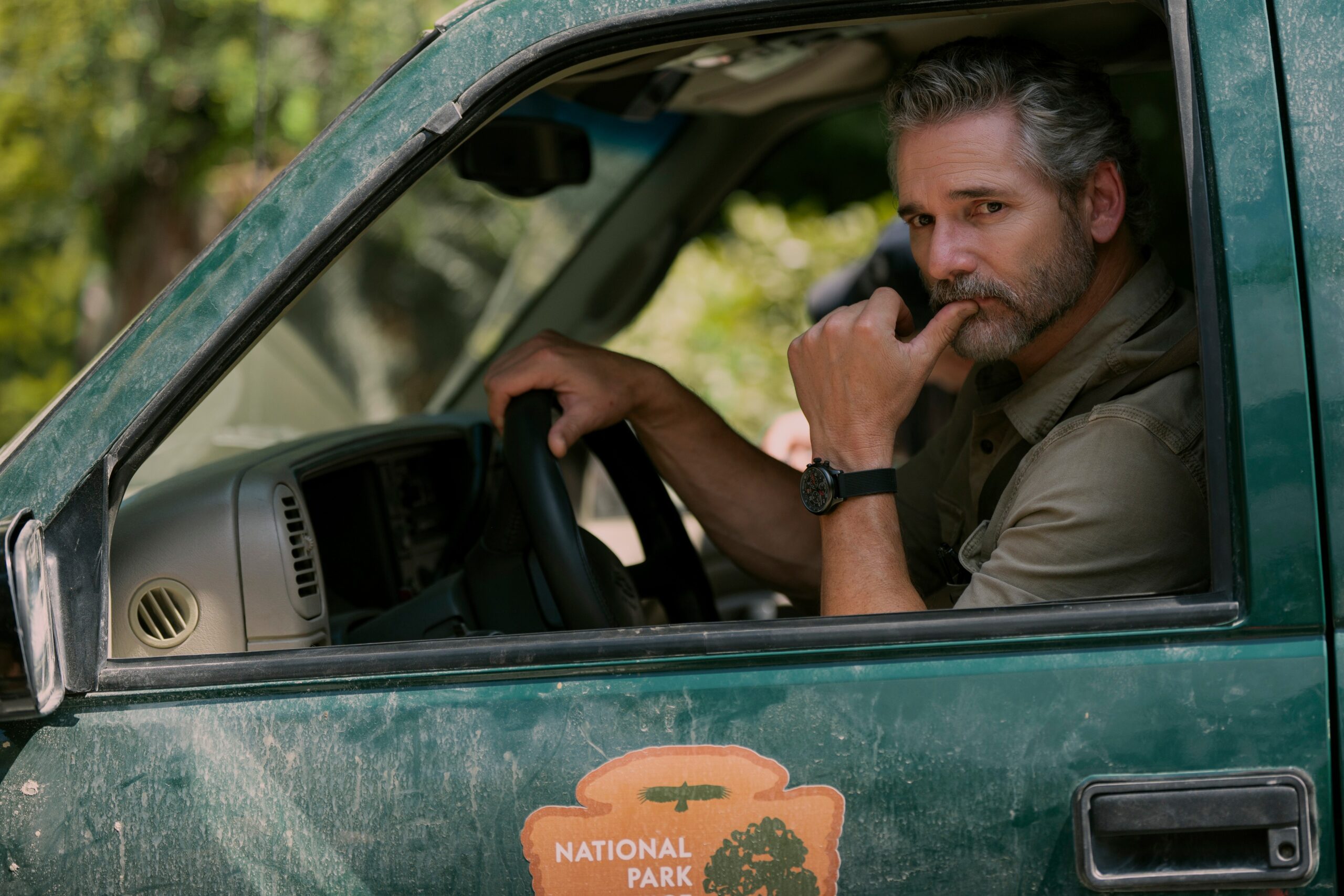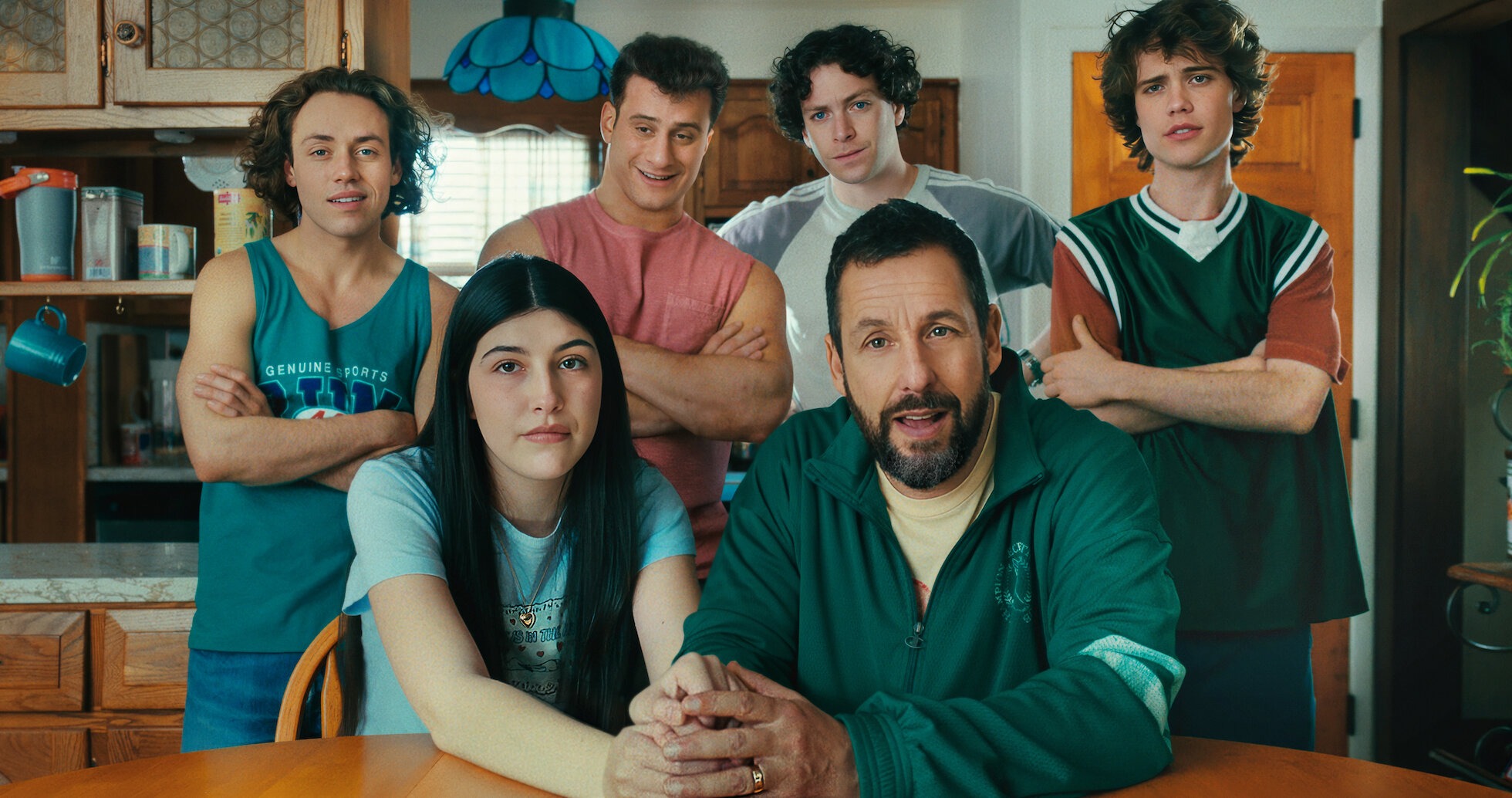A new study says California’s share of hit cartoons has fallen 40% since 2010 as studios chase richer tax credits in Canada, New York, and beyond.
The birthplace of Mickey Mouse and Buzz Lightyear is in trouble. A 60-page study released Thursday by CVL Economics and the Animation Guild paints a stark portrait of a California animation crisis that’s accelerating faster than many lawmakers realized.
Between 2010 and 2023 the state’s slice of top-grossing animated features collapsed from 67% to 27%. Employment has slid nearly 5% since 2019 while British Columbia ballooned 72%.
Unless Sacramento expands film incentives to include cartoons, researchers warn, the Golden State could permanently lose its hold on an $898 billion global industry.
Vancouver’s Moana moment
Nothing illustrates the California animation crisis better than Disney’s decision to produce most of Moana 2 in Vancouver.

The original 2016 blockbuster was animated largely in Burbank; its sequel, projected to generate 817 jobs and $178 million in state GDP, went north to claim layered Canadian rebates worth up to 46%. “That was our canary in the coal mine,” the report states. If a legacy Disney princess can sail away, so can everything else.
Numbers that sting
- 40% decline in California’s share of top animated features since 2010
- 5% drop in state animation employment (2019-2024)
- 18% rise in New York jobs over the same period
- $87 million in wages per tent-pole film lost to out-of-state production
Researchers call the trend a structural disadvantage, not a blip—evidence that the California animation crisis stems from policy inertia rather than temporary studio belt-tightening.
Why incentives matter
Thirty U.S. states already offer cartoon-friendly credits. California’s current program excludes animation entirely, capping eligibility at live-action budgets of $1 million per episode or more. Meanwhile, Canadian provinces sweeten federal rebates with local bonuses, creating stackable discounts that dwarf Los Angeles pay scales. “Without matching relief,” the study warns, “California forfeits today’s productions and tomorrow’s digital breakthroughs.”
What studios are outsourcing
Even projects that still develop characters in Hollywood are shipping key phases abroad. Surveyed Guild members said SpongeBob SquarePants, Fairly OddParents, and Looney Tunes now rely on foreign teams for layout, animation, or compositing. “Pre- and post-production are drifting offshore, putting the entire pipeline at risk,” the report notes—another data point fueling the California animation crisis headline.
Proposed fixes
Guild leaders are lobbying lawmakers to pass SB-1329 and AB-1480 this session. The bills would:
- Add animation to California’s $330 million annual film credit pool, with a 25% base rebate.
- Lower budget thresholds to include kids’ series that cost under $1 million per half-hour.
- Offer bonuses for using new apprentices—aimed at rebuilding the local talent ladder eroded by the California animation crisis.
Whether the measures survive budget hearings during a deficit year remains uncertain. Governor Gavin Newsom has floated raising the overall credit cap to $750 million, but hasn’t publicly endorsed cartoon-specific language.
Studios plead, unions push
In private meetings, sources say Netflix Animation, DreamWorks, and Skydance have urged Sacramento to “level the playing field before we move more shows to Montreal.”
The Animation Guild’s Steve Kaplan adds bluntly: “We’re tired of training artists in Burbank only to watch them buy homes in Vancouver.” The Guild’s study claims every $1 invested in a state animation credit would return $4 in economic activity—an argument designed to cool fiscal-hawk opposition.
Global boom, local bust
Ironically, the California animation crisis arrives amid historic growth. Worldwide commissions jumped from 558 projects in 2019 to 860 in 2024, and the market is forecast to more than double to $898 billion by 2034. The study’s authors warn that if California can’t capture that wave, rival hubs will.
Will lawmakers bite?
Legislators have until September to reconcile competing tax-credit bills. Industry sources say compromise could emerge after June’s budget revisions. One possible path: carve out a $100 million animation set-aside inside an expanded credit pool. If that fails, studios may accelerate relocation plans, deepening the California animation crisis.
Bottom line
California still boasts unrivaled creative talent, studio headquarters, and cultural cachet—but those advantages fade each fiscal year that credits stay frozen. As the report argues, the California animation crisis isn’t just about keeping cartoon jobs in Burbank; it’s about safeguarding a century-old ecosystem that fuels everything from game design to VR storytelling. If Sacramento moves fast, Mickey might stay home. If not, Pixar’s Lamp could soon cast its light elsewhere.










